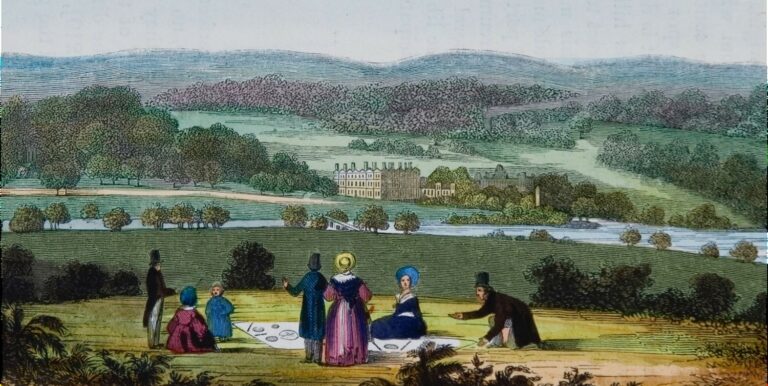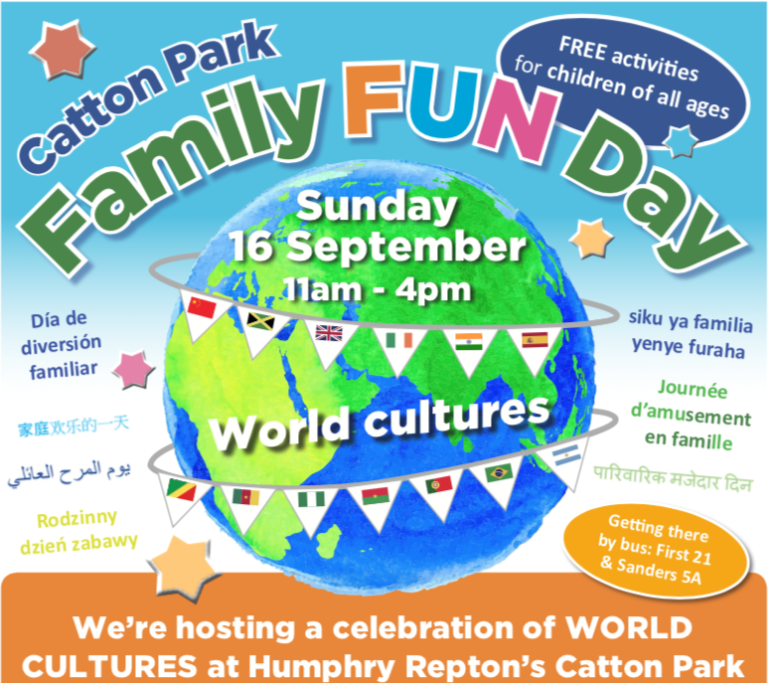Conservation work is a critically important part of the work at Garden Organic, helping to preserve garden biodiversity and horticultural history. Although we’re a small charity, we’re honoured to care for three National Plant Collections at our base in Ryton, Coventry, including Calendula, comfrey (Symphytum) and – the biggest collection – our living library of heritage vegetable seeds.
Preserving heritage seeds is not just about conserving colourful stories and amazing histories – but it’s essential to preserve the carefully developed cultivated biodiversity for our continued resilience as food growers. Many vegetable varieties could simply disappear, along with a unique genetic resource that underpins our food.





